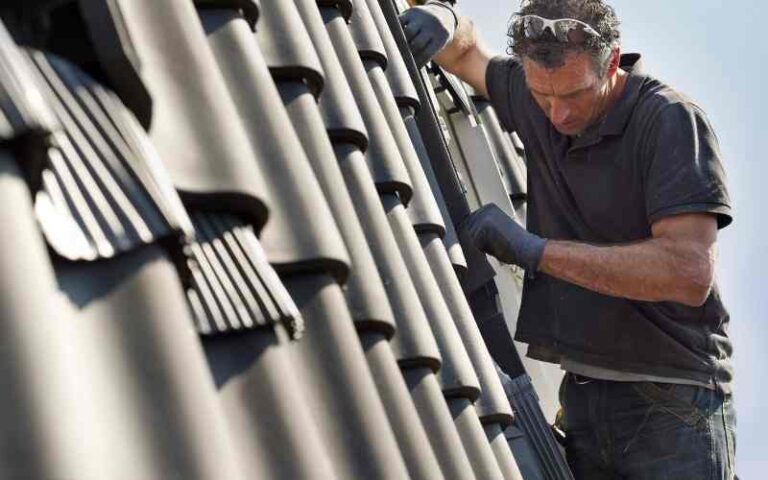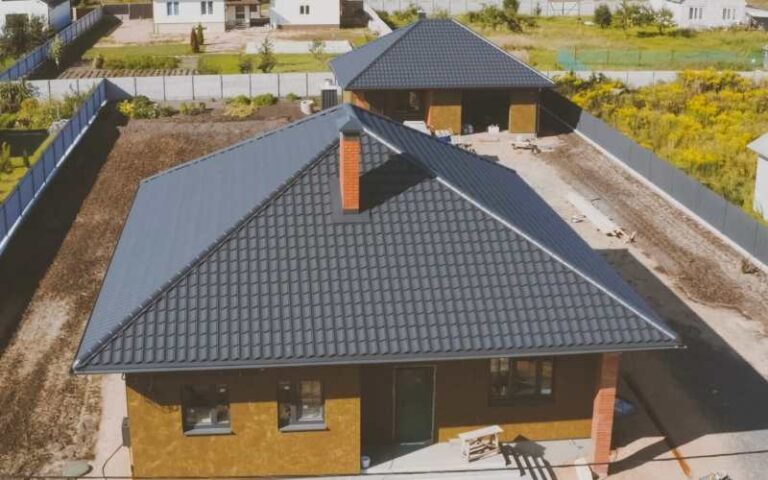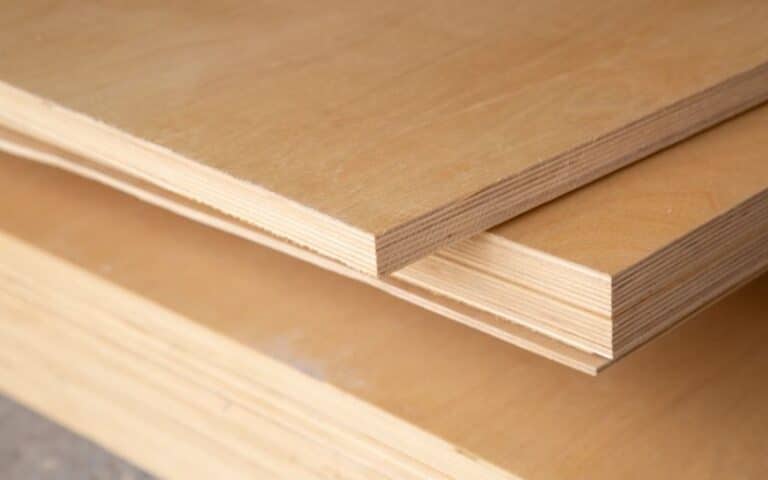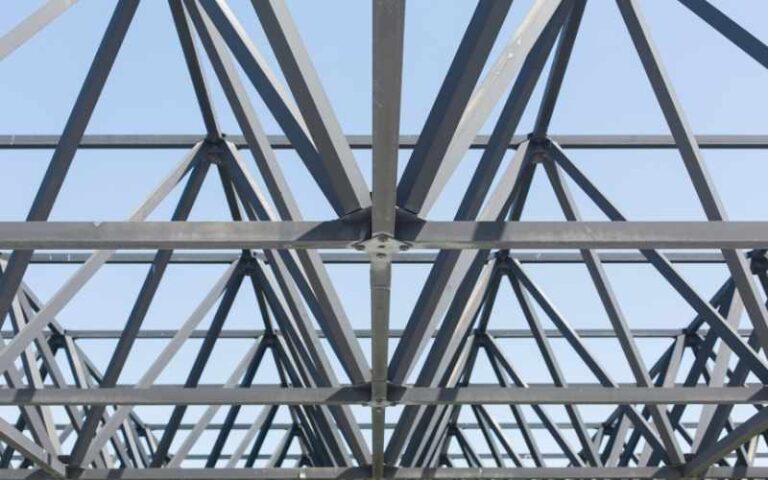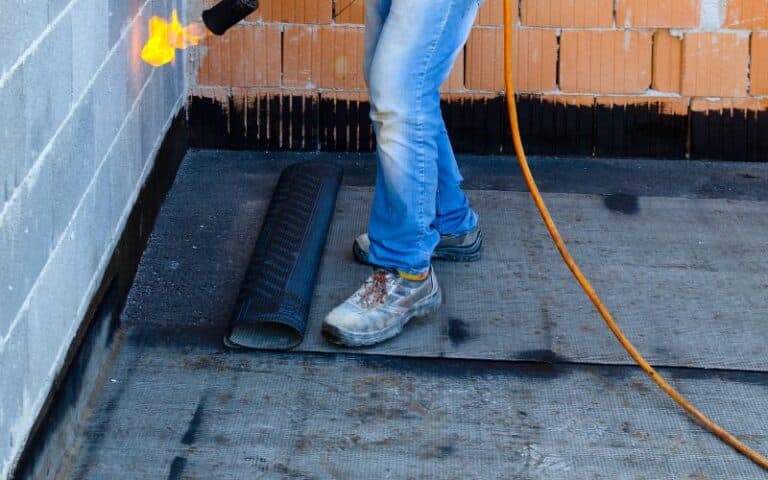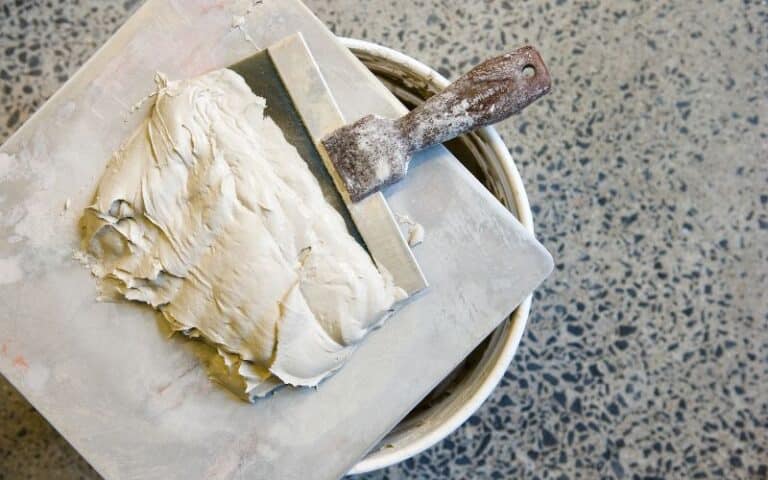TPO roofs are estimated to grow to $2 billion by 2026; a significant achievement given the current economic conditions.
That likely tells you how popular they have become in recent years and technological innovations deserve part of the credit for this growth.
However, you’d probably want to know how safe this trendy roof is before getting it. So, can you walk on a TRO roof?
The reason for asking that question is simple. A roof that can withstand a person’s weight is sturdy, and you can trust it to sustain itself. This blog will answer the question and provide more relevant information about TPO roofs.
Ready for a Roofing Quiz?
Can You Walk on a TPO Roof?
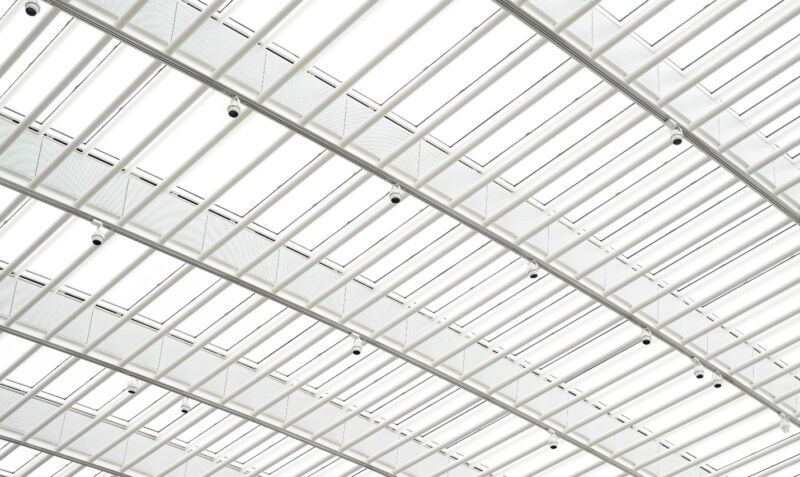
Whether or not you can walk on a TPO roof depends on the quality of the material. A high-quality flat roof is safe to walk on and will not cause damage.
However, there are some restrictions on the type of shoes you should wear when attempting this feat. Some boots are more damaging than others, and it is preferable to avoid them for your safety.
I would recommend against making a habit out of it, though. While a stroll might be okay occasionally, multiple people regularly walking on it may not be the best decision.
What Is the Life Expectancy of a TPO Roof?
TPO roofs are generally sturdy and have a life expectancy of 15-20 years. I know that is lower than the general average, but that’s because even the best TPO roofs aren’t as durable as asphalt, solar, or steel shingles.
However, they have several benefits that make them worth the money.
One detail you must remember is maintenance. If you want it to last longer, you must keep the roof well-maintained and repaired.
The best solution is to schedule regular inspections to catch damage that requires repairs.
Types of Impacts a TPO Roof Can Resist
The answer to, ‘Can you walk on a TPO roof?’ was positive; however, that must have made you wonder about other elements.
Roofs are the first defense against most external factors and must be reliable enough to prevent damage from invading the property.
Following are some of the elements a TPO roof can resist with the proper care:
1. Grease and Corrosion
Grease and corrosion are common problems for roofs, especially since they get littered with debris, like bird waste, twigs, leaves, etc. thankfully, the roof can handle such damages without giving in, as long as you don’t let them remain there for too long.
I mentioned you should ideally get regular inspections for the roof. That is critical because it will help you know if it requires cleaning or repairs. The longer you let the corrosion remain, the worse it will get.
2. Molding
Molding is a common problem in roofing, especially for properties in humid climates. Mold growth occurs when moisture becomes trapped in small crevices or cracks in the roof, allowing organisms to grow and multiply.
However, the TPO roof’s flat surface and general structure make it relatively more resistant to molding and help you avoid the resulting damage. You will still need to look out for it, but you can be assured that the problem won’t occur frequently.
3. Extreme Weather
Extreme weather is a critical reason you would want a sturdy roof, and I am happy to tell you that the TPO roof will be a reliable option.
The general appearance of these roofs makes them seem more fragile than they are, causing a general distrust of their stability.
However, it makes no sense for a roof to be unable to guard against something so basic, so you won’t have to worry about your safety.
4. Basic Water Damage
Water damage can cause several problems to your household, but let’s focus on roofing for now. Water damage is the core reason for mold growth, and it also leads to the creation of germs and bacteria.
Additionally, moisture trapped within your roof’s structure can travel to the property, slowly destroying the walls.
TPO roofs and their flat surfaces help remove most water from the top, reducing this damage risk. The rest will be visible during inspections, and you can take corrective measures to remedy it.
5. UV Exposure
Ultraviolet rays are harmful to all living and non-living things, and your roof is meant to protect you against them.
TPO roofs are technologically advanced, so they are good at fulfilling this function to the required extent.
They resist damage from UV rays successfully because the white color reflects most of the sunlight. So, the deterioration won’t be as rapid.
TPO Roofing Concerns to Watch Out For
While TPO roofing is reliable and will protect you like all other roofs, it isn’t without risk. Following are the problems you need to watch out for if you are getting one installed:
1. Punctured Membrane
Unlike shingles, TPO membranes are less sturdy and can get punctured if they encounter forces that can accomplish this task.
These punctures won’t put you in immediate danger, but they are a crack in the roof’s protection and need repairs as soon as possible.
So please keep a look out for them and keep a roofer on speed dial for emergencies.
2. General Wear and Tear
All roofs sustain damage over time, and TPO roofs are no different. Although they are relatively more resistant to damage in some aspects, the wear and tear do set in after some time, and you need maintenance to minimize the deterioration.
3. UV Damage
I mentioned above that TPO roofs are relatively resistant to UV ray damage, which is true. However, even they suffer from the harmful effects of these rays, and it adds to their general wear and tears.
You cannot reverse the damage completely, but maintenance can help you slow it down.
Wrapping Up
So, can you walk on a TPO roof? The answer is yes, but you should probably refrain from testing the material’s capacity.
Additionally, it is best to do what you can to keep the roof well-maintained to make it last as long as possible.
I hope you found this blog informative and encourage you to see my other blogs on the same topic for more details.

